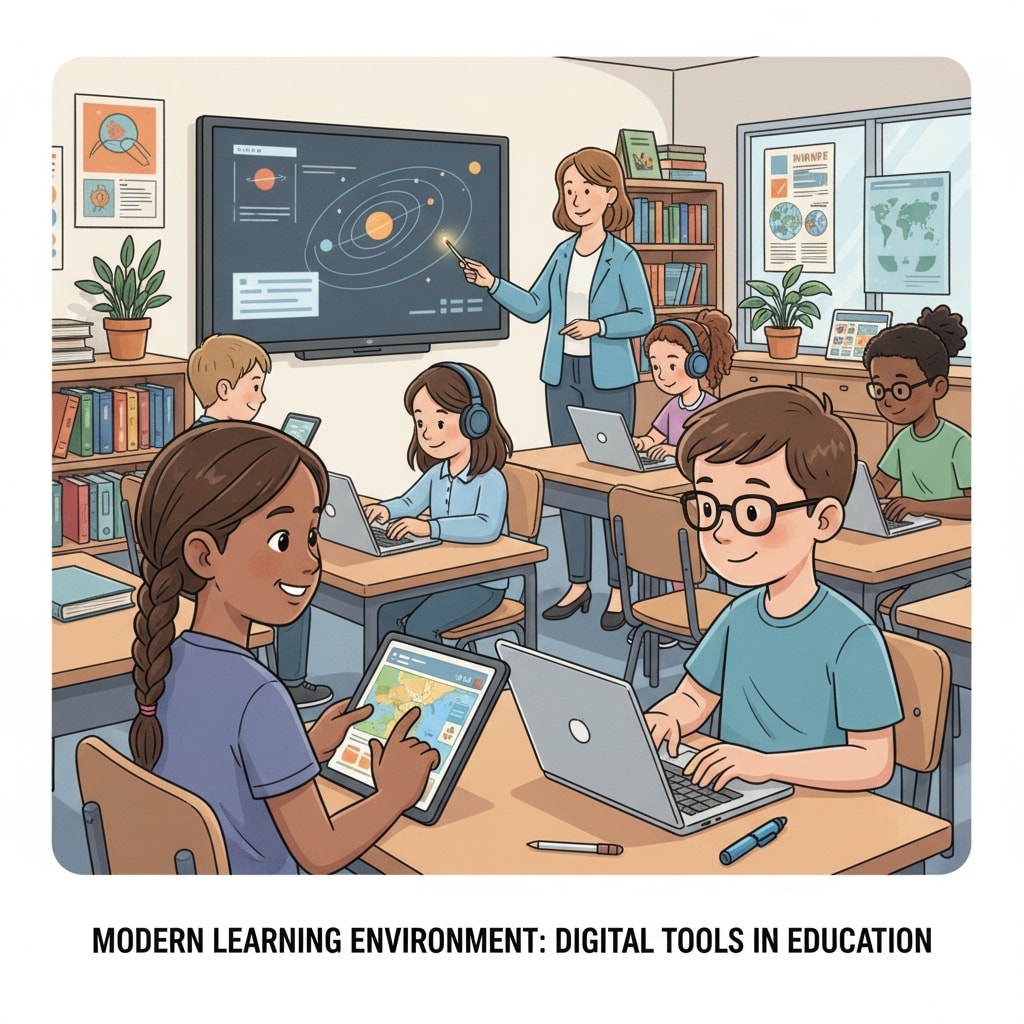The landscape of secondary education has undergone a remarkable transformation in the post-pandemic era, with digital technologies playing a pivotal role. This shift has presented both challenges and opportunities for educators to reimagine traditional teaching methods and incorporate modern educational concepts.

In this article, we will explore how digital technologies are revolutionizing secondary education and discuss the importance of balancing technology with human touch.
The Digital Revolution in Secondary Education
The post-pandemic era has accelerated the adoption of digital technologies in secondary education. Online learning platforms, educational apps, and interactive whiteboards have become essential tools in the classroom. For example, many schools now use learning management systems (LMS) to deliver course materials, assign tasks, and facilitate communication between teachers and students. According to Britannica, these digital tools have the potential to make learning more engaging and accessible.

Challenges Faced in Implementing Digital Technologies
However, the integration of digital technologies in secondary education also brings several challenges. One major issue is the digital divide, which refers to the gap between students who have access to technology and those who do not. This can lead to unequal learning opportunities. In addition, some teachers may struggle to adapt to new digital teaching methods. As a result, professional development programs are crucial to help educators enhance their digital literacy skills.
Another challenge is the potential for students to be distracted by digital devices. With the abundance of online content, it can be difficult for students to stay focused during lessons. Teachers need to develop effective strategies to manage digital distractions and ensure that students are using technology for educational purposes.
The Importance of Human Connection in Education
While digital technologies offer numerous benefits, it is essential not to overlook the importance of human connection in secondary education. Personal interactions between teachers and students, as well as among students themselves, play a vital role in fostering a positive learning environment. Face-to-face communication allows for immediate feedback, emotional support, and the development of social skills.
Therefore, educators should strive to balance digital instruction with in-person interactions. This could involve incorporating group discussions, hands-on activities, and one-on-one tutoring into the curriculum. By doing so, students can experience the best of both worlds – the convenience of digital learning and the warmth of human connection.
Readability guidance: The article uses short paragraphs and lists to summarize key points. Each H2 section provides a clear focus. The proportion of passive voice and long sentences is controlled, and transition words are used throughout to enhance the flow of the text.


